History
Villa Pallavicino became a private residence in 1855, when the area was purchased by Ruggero Bonghi, statesman and man of letters.
There followed the transfer of ownership to the Duke of Vallombrosa and in 1862 the purchase by the noble Genoese Pallavicino family, who enlarged the estate, built roads for vehicles, decorated the park with statues, transforming it from a simple dwelling into the splendid nineteenth-century neoclassical-style villa that still stands on the hill today. But it was Marquise Luisa who completed the work, in 1952, welcoming animals here from every corner of the world to build an exceptional zoo.
In 1956 the Pallavicinos decided to transform their marvellous garden into a wildlife museum that was open to the public.
Since 2017 the Parco Pallavicino has been part of the circuit of the Terre Borromeo.

What to see
Sul lungolago di Stresa in direzione Belgirate, si estendono i 18 ettari di parco
dove l’anima botanica e quella faunistica vivono in armonia.
La gestione Borromeo comincia nel 2017, anno in cui vengono avviati una serie di interventi di recupero e miglioramento degli ambienti dedicati agli animali oltre che dei viali alberati.
Sono ospitate qui oltre 50 specie tra mammiferi e volatili, e hanno nel tempo trovato casa al Parco anche alcuni esemplari selvatici salvati dalla guardia forestale e che non sopravvivrebbero se reimmessi in libertà.

Gli specialisti della flora lavorano per valorizzare il ricco patrimonio botanico che le condizioni climatiche uniche del Lago Maggiore regalano. Il Giardino dei fiori è un esempio dell’estro e dell’impegno che i giardinieri mettono quotidianamente nella cura del verde.
Villa Pallavicino nacque come dimora privata nel 1855, quando l’area fu acquisita da Ruggero Bonghi, statista e letterato. Seguì il passaggio al duca di Vallombrosa e nel 1862 l’acquisizione da parte della famiglia nobile genovese Pallavicino che ampliò la tenuta, trasformandola in una villa ottocentesca di stile neoclassico. Nel 1956 i Pallavicino decisero di trasformare il loro meraviglioso giardino in museo faunistico aperto al pubblico.
What to see
The fauna
The Parco Pallavicino is famous above all for the over 50 species living here. Many of the animals were already here when the management of the park was taken over by the Borromeos in 2017, such as the zebras, kangaroos, coatis, sarus cranes and flamingos.
Some were added later – the Orobica goats, “Bellavista” mule, alpacas, donkeys, ferrets and Polverara chickens – and others were recovered by veterinarian Uberto Calligarich, who, as well as being responsible for the fauna of the Parco Pallavicino, is also the representative of the Province of Verbano-Cusio-Ossola for the safeguarding of wild animals. Now famous, also thanks to the television programmes attracted by this park, is Fanta the fox, abandoned on the day of its birth by its mother, perhaps after being disturbed by a hunter.
Pallavicino in fact welcomes animals that could no longer survive in their natural habitat, either because they were born in captivity or because abandonment or an incident has caused them permanent traumas.
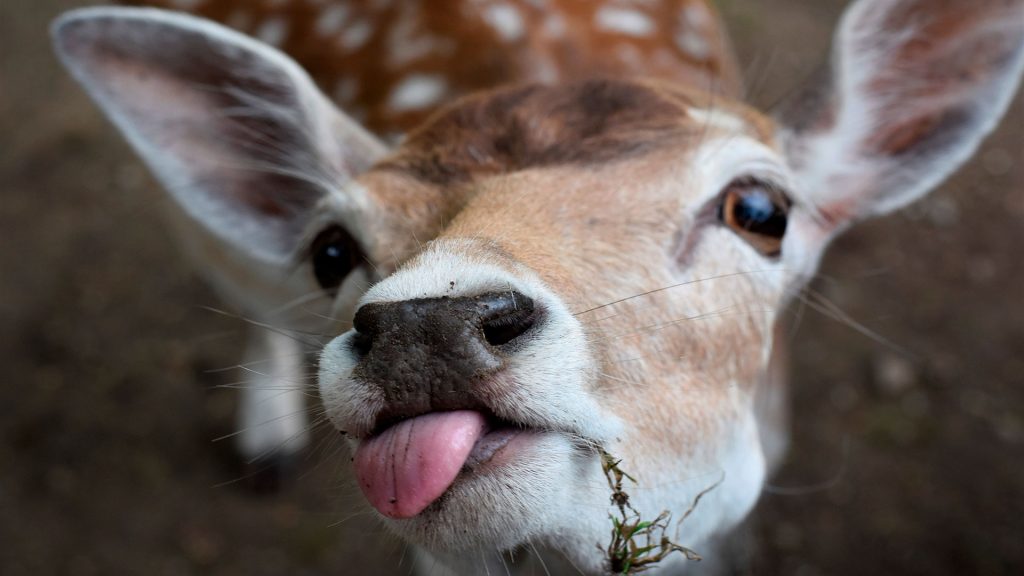
Then there is the space devised to enable visitors to experience unique direct contact with animals: the Farm.
Here Tibetan and Saltasasso goats, sheep, llamas, alpacas and fallow deer roam free and are happy to be petted by visitors, particularly children. The administrators were keen to create this area to make a genuine, playful but also educational meeting possible, with respect and trust between humans and animals.
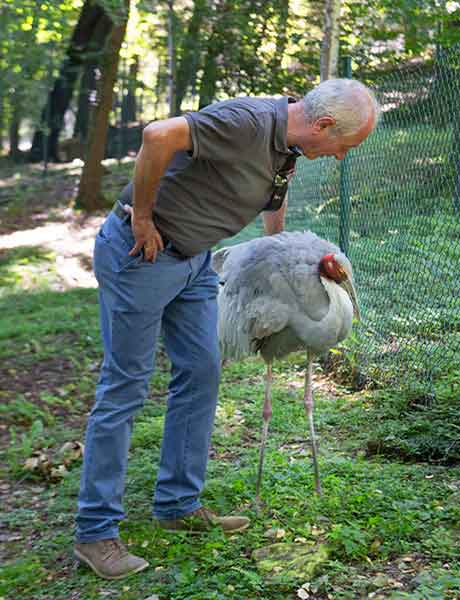
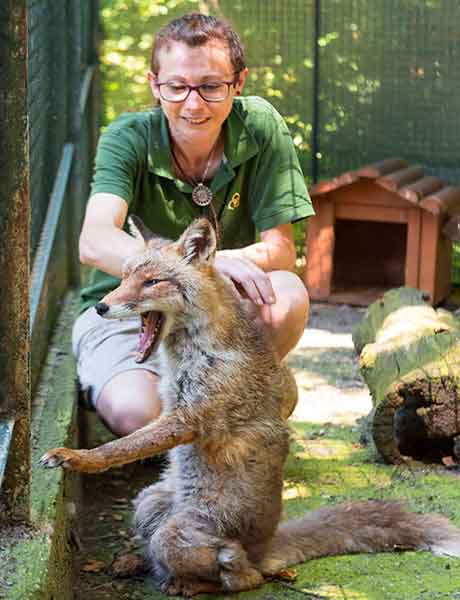
Come and discover the inhabitants of the Parco Pallavicino!
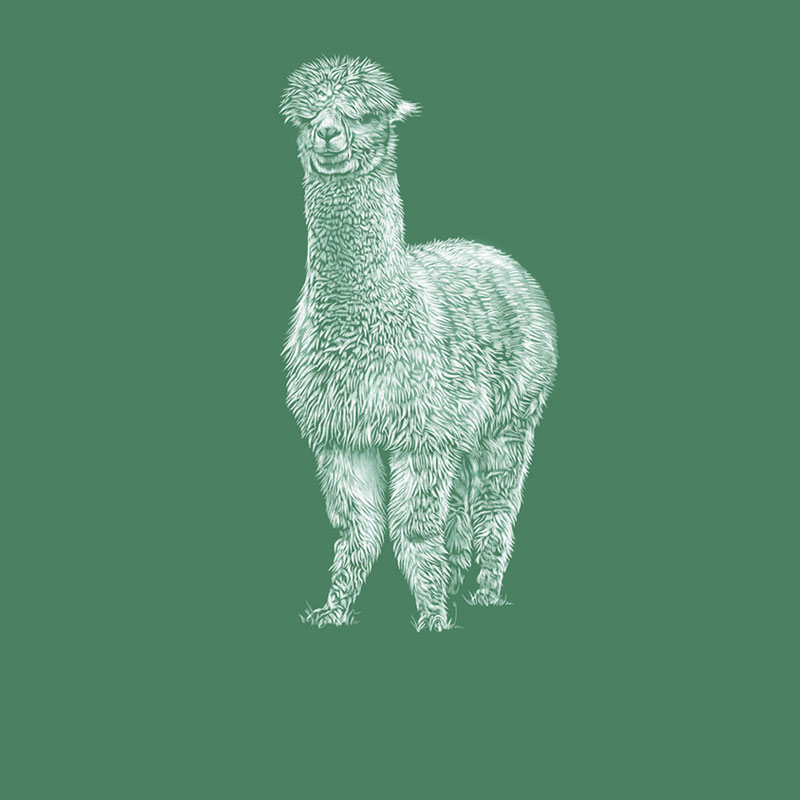 Alpaca
Alpaca
Alpaca
Vicugna pacos
A herbivore mammal of the Camelidae family, the alpaca is native to South America. Unlike the other camelids, it is bred not as a beast of burden but for its particularly sought-after wool. A female alpaca produces around 2.5 kg of wool a year, while a male alpaca can produce as much as 4 kg. In recent years, the alpaca has become quite widespread in Europe, being an animal that adapts very well to different types of climate.
Curiosity
Smaller than the llama, it is also distinguished from the latter by the shape and position of its ears. The origins of the alpaca date back 4000 years; it seems to have been the first domestic animal to have existed in the world.
Its docile nature makes it an animal well suited to mountain trekking, pet therapy and it is increasingly widely used as a pet.
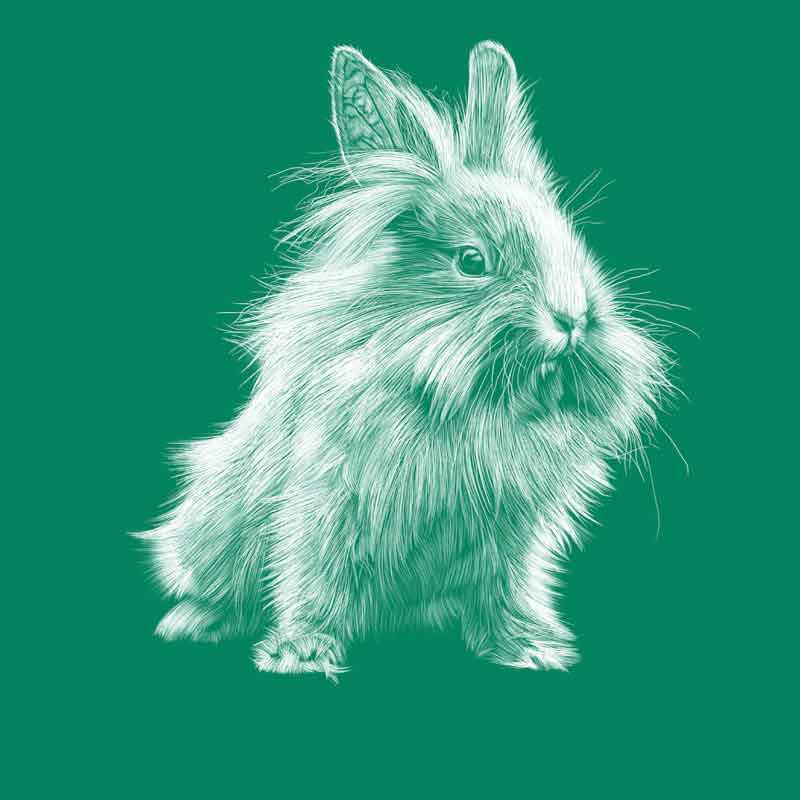 Dwarf rabbit
Dwarf rabbit
Dwarf rabbit
It is originally a wild rabbit from which the domestic species derives. It lives in grasslands and wooded hillsides.
Curiosity
This herbivore has 28 teeth, of which 22 molars, four upper and two lower incisors, which continue to grow and must therefore be worn down. It is particularly active at dusk and has very well developed sight.
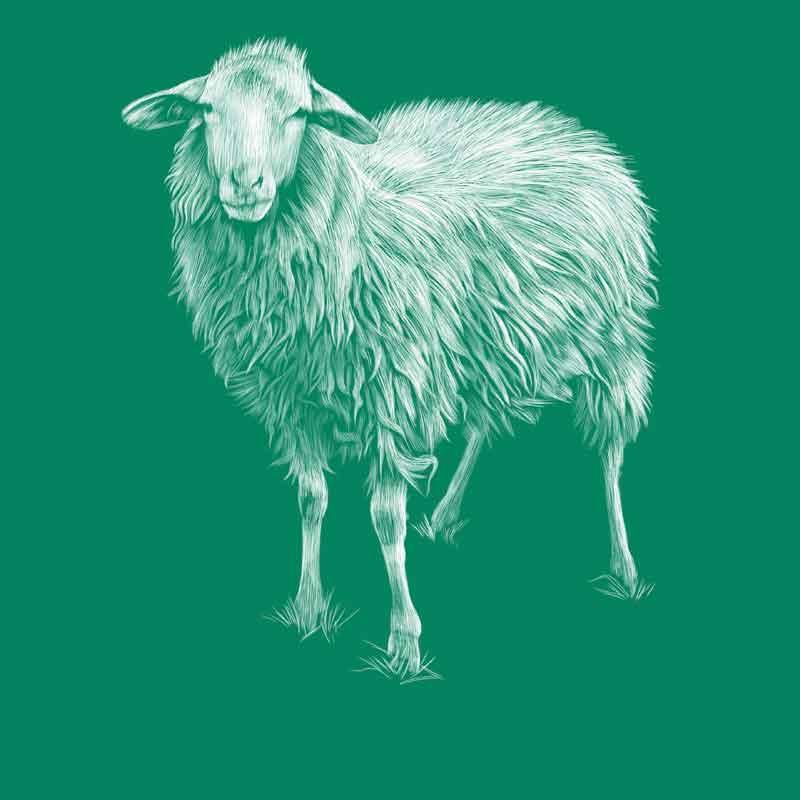 Saltasassi sheep
Saltasassi sheep
Saltasassi sheep
The Saltasassi is a medium-small-sized sheep, and belongs to the “drooping eyelid” Alpine breed.
The male can weigh between 55 and 60 kg while the female ranges from 45 to 50 kg.
It was very widespread in the past, whereas today this animal with a uniform white fleece is at risk of extinction.
Curiosity
Bred from antiquity, many breeds of sheep are known, some of which have contributed to creating the wealth and even the very identity of a location.
The wool is used for making clothing, but in its raw state it can also be used for producing rolls to protect fruit trees or geotextiles for the stabilisation of embankments, water courses and roads.
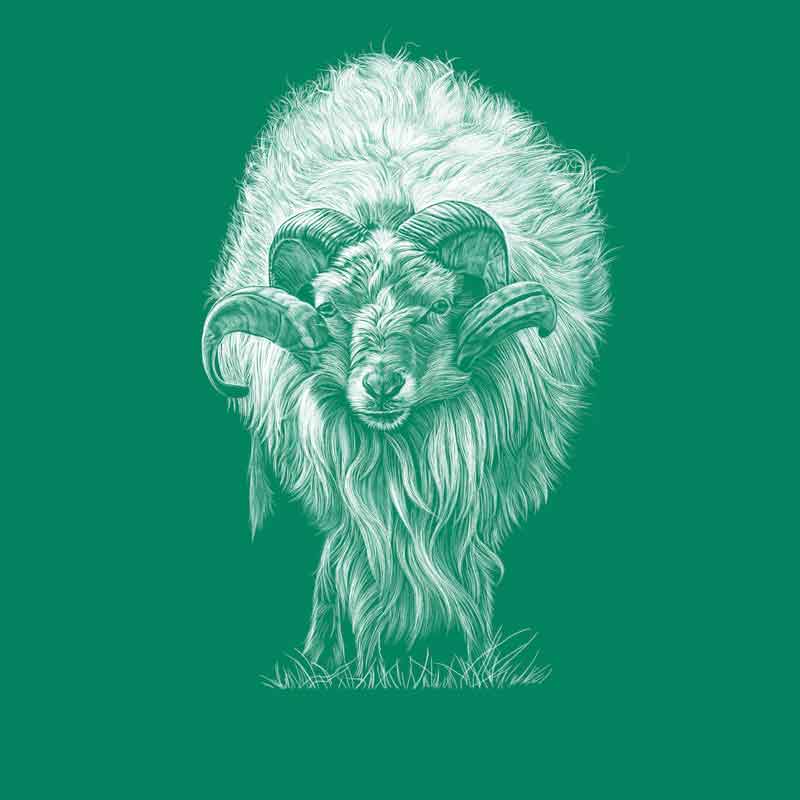 Ouessant sheep
Ouessant sheep
Ouessant sheep
Ovis aries
A herbivore mammal, this sheep is native to the Breton island of Ouessant, from which it takes its name. It is 50 cm tall at most.
Its docile nature makes it a sheep well suited to pet therapy.
Curiosity
It is the smallest sheep in the world, known since the 17th century.
The black lambs may have a white patch, which usually disappears after the first year of life.
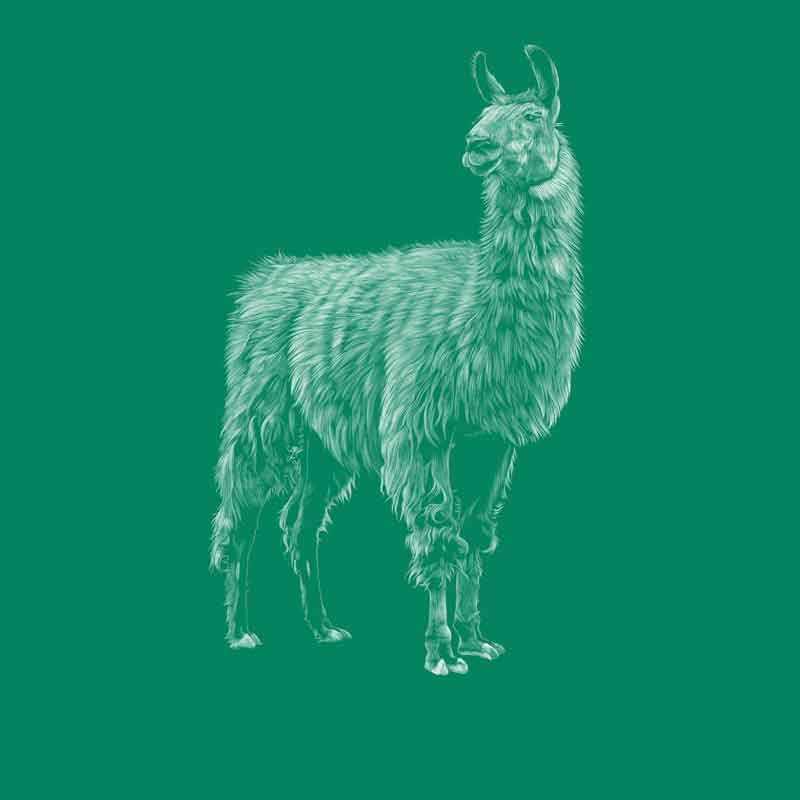 Llama
Llama
Llama
The llama is a herbivore mammal of the Camelidae family and is native to the Andes; it lives in high mountain areas but also in semi-desert areas. Currently widespread all over the world, a specimen can weigh between 120 and 150 kg. Thanks to its stamina, the llama can transport loads of as much as 50 kg and walk up to 30 km in one day.
Curiosity
It is the domestic form of the guanaco, but it has adapted to live at altitudes of up to 4,000 metres.
The dimensions and shape of its ears, turned inwards, are one of its distinctive features with respect to the smaller alpaca.
It is used in pet therapy thanks to its very docile nature.
 Black swan
Black swan
Black swan
Cygnus atratus
This bird from the Anatidae family is native to Australia; in addition to lakes and rivers, it also loves to live in marshy zones covered with vegetation. It mainly eats aquatic and land plants, but will also eat insects.
An adult swan can weigh from 4 to 8 Kg.
Curiosity
It is monogamous species, and when it forms an attachment it does so for life.
During courting the spectacular “triumphal ceremony” takes place to strengthen the couple’s bond in relation to other swans.
 Orobica goat
Orobica goat
Orobica goat
Capra aegagrus hircus
This herbivore from the Bovidae family is a mammal famous for its long, soft coat. The female is around 73 cm high and weighs 65 kg, while the male is 79 cm and weighs around 80 kg. The characteristic fleeces are farinel – cream, grey and beige – and marin, dappled.
Curiosity
The Orobica goat is native to the Val Gerola, in the province of Sondrio.
The historical archives of the 19th century report the Orobica goats that were driven every year in transhumance to Milan to provide fresh milk for patients in hospitals.
 Tibetan goat
Tibetan goat
Tibetan goat
Capra aegagrus hircus
Despite its name, the Tibetan goat is native to Somalia; indeed, it is also called the African dwarf goat. Its diet consists of grass, leaves, bushes, berries and bark, but this is generally also supplemented with maize and grain.
The colour of this herbivorous mammal’s coat can be white, black, brown or dappled with two or three colours.
It is a gregarious animal; hierarchies and alliances are formed inside each flock, among both the males and the females. It is also very sociable and affectionate.
Curiosity
The goat is a polygastric ruminant: that is, it has a number of stomachs, one of which is the rumen.
For this reason, it tends to ingest food quickly, to chew it subsequently in a quieter place.
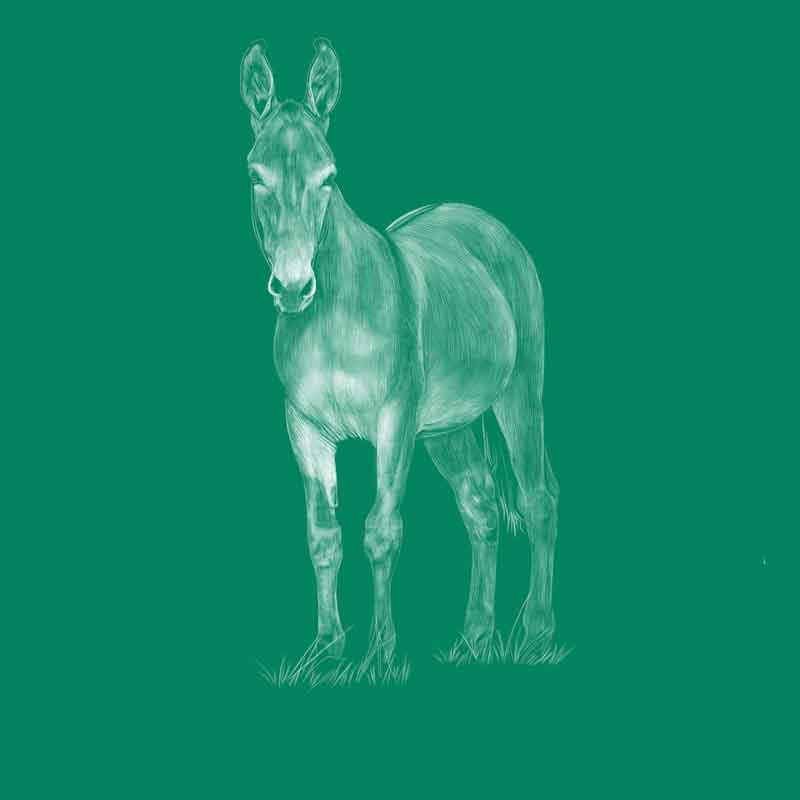 Mulo
Mulo
Mule
Equus asinus X Equus Caballus
Born from the cross-breeding of a male donkey and a female horse, the mule is a domestic species bred almost all over the world. A sterile hybrid, it is a very tough and solid animal. Our Bella weighs around 600 kg.
Curiosity
Known from the times of Ancient Greece and abundantly used by the Roman legions, the history of the mule with the Alpini [Italian Alpine troops] began in 1872, the year of their foundation. It was mainly used as a beast of burden, especially in the mountains.
Today the Alpini still love to define them as “soldiers on four legs”.
 Fox
Fox
Fox
Vulpes vulpes
This omnivore mammal belongs to the Canidae family. It eats small mammals and invertebrates, but also fruit and berries. Cosmopolitan, it usually lives in woods and clearings but also adapts well to urbanised areas.
Curiosity
The pair present in the park are the result of its wild fauna recovery activities. The male has had to undergo the amputation of a limb because it was struck by a car. The female, Fanta, was found when just born, abandoned by her mother, who was probably disturbed while moving the cubs. The two animals cannot be reintroduced into the wild, which is why they live in the Parco Pallavicino.
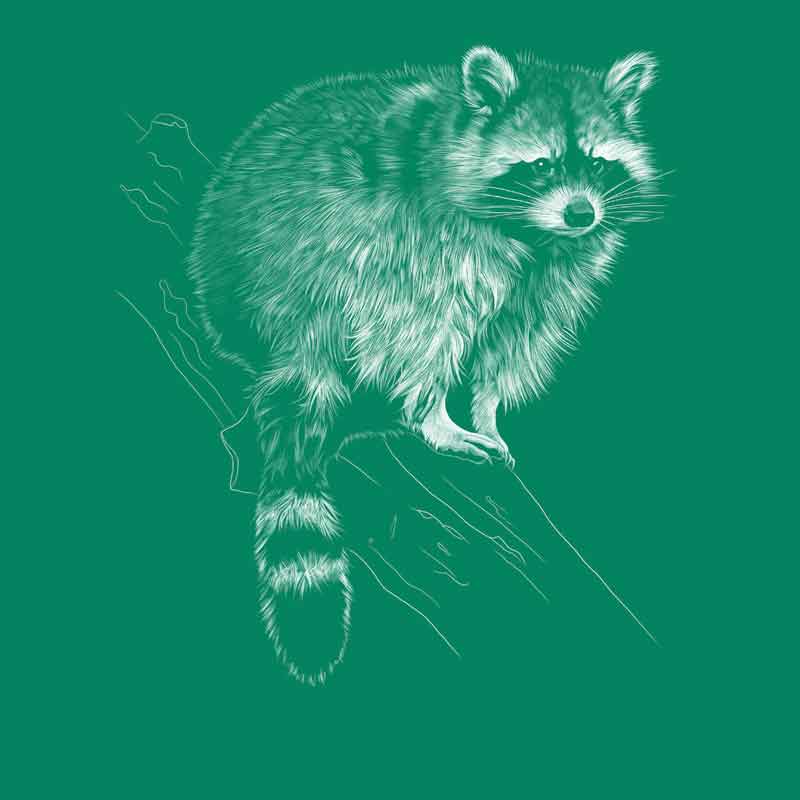 Raccoon
Raccoon
Raccoon
Procyon lotor
A mammal of the Procyonidae family, the raccoon is native to North America and Canada.
Omnivore and opportunistic, it is an animal that adapts well to different environments. It is also widespread in Italy, especially in Lombardy, creating more than a few problems for the environment and autochthonous species. Extremely curious and likeable, it is also often disruptive.
In nature it is typically a nocturnal animal, a very skilled climber.
Curiosity
Touch is its most developed sense: the fingers of the forelimbs are covered in a horny layer that becomes elastic when wet and enables the food and objects it touches to be perceived.
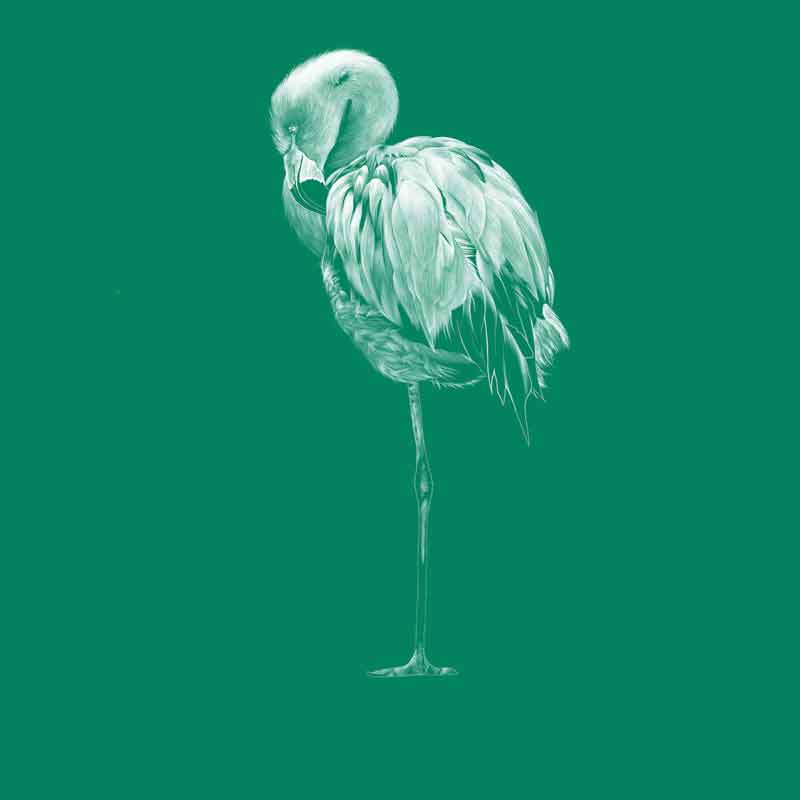 Chilean flamingo
Chilean flamingo
Chilean flamingo
Phoenicopterus chilensis
This famous pink bird is native to the humid areas of South America, but colonies are also found in Italy.
It eats aquatic invertebrates, insects and algae. An adult can reach a height of 85 cm and a weight of 2.3 kg, with a wingspan of 130 cm.
Curiosity
Perhaps not everyone knows that the flamingo’s pink coloration in nature comes from filtering small shellfish that are rich in beta-carotene through its beak.
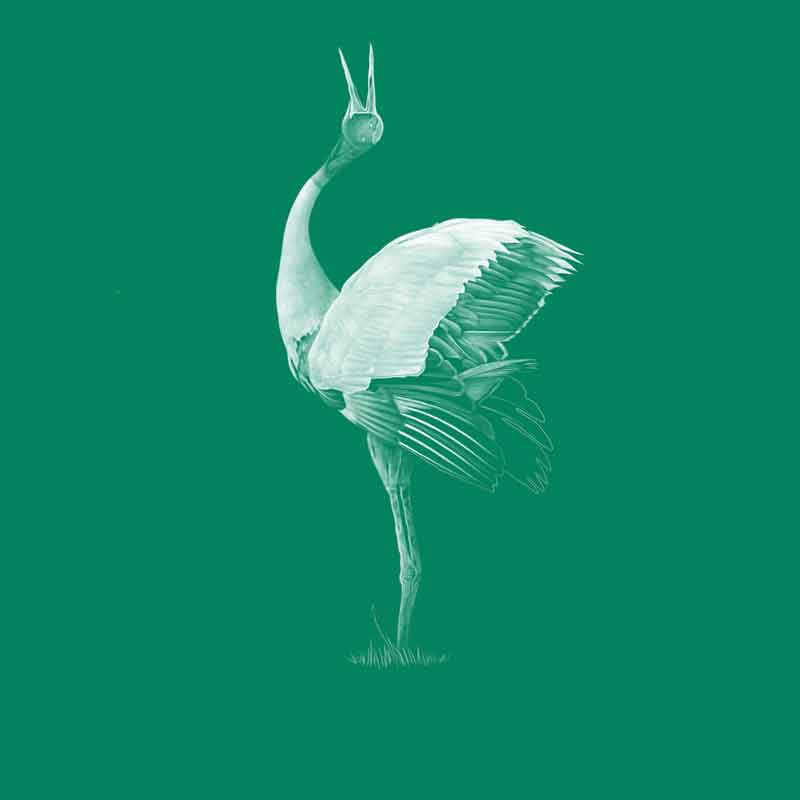 Sarus crane
Sarus crane
Sarus crane
Grus Antigone
This bird from the Gruidae family lives in the marches and grasslands of South-East Asia and Australia.
It eats seeds, fruit, berries, buds and invertebrates. It can reach a height of 1.80 metres and weigh up to 8.5 kg.
Curiosity
The Sarus crane is monogamous. Checca, the crane that has lived here in the Park for over 30 years now, has chosen man as her companion: She performs spectacular ritual dances for the veterinarian who takes care of her. For this reason she does not tolerate the presence of others of her kind.
 Fallow dear
Fallow dear
Fallow dear
Dama dama
From the Cervidae family, this mammal is a herbivore native to the Eastern Mediterranean basin. Today it is distributed throughout Europe.
At least four different colorations of its coat can be identified, the result of selective breeding: dappled, isabelline, white and melanic. The white and pomellato varieties can be found at the Parco Pallavicino.
Curiosity
Like all Cervidae, the fallow deer loses its antlers in April-May. Between August and September it cleans its horns on trees, leaving the characteristic marks on the bark.
At the end of this process the mating season begins with fights between males.
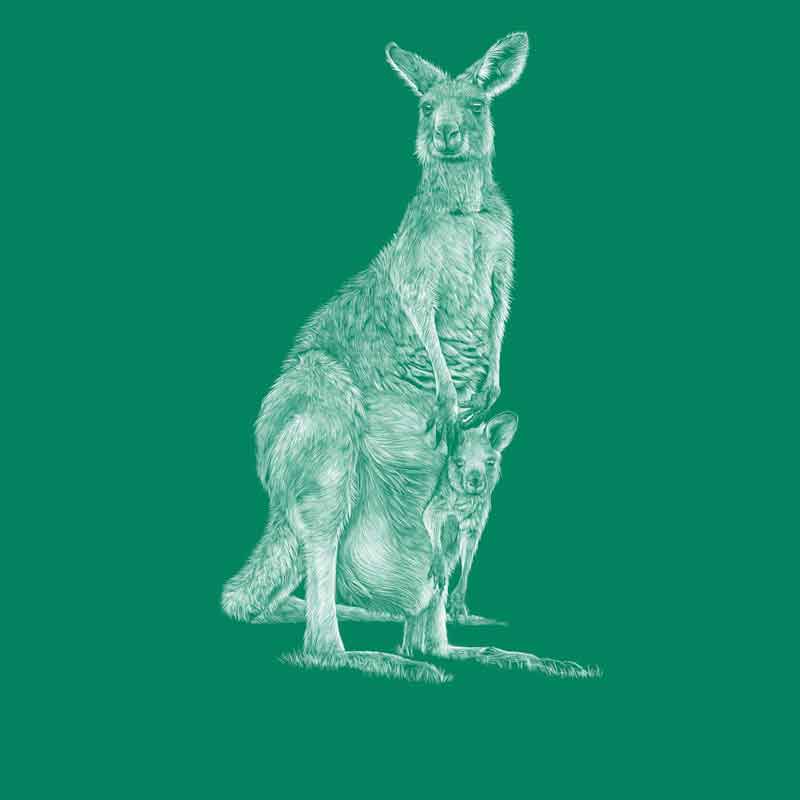 Bennet’s wallaby
Bennet’s wallaby
Bennet’s wallaby
Wallabia rufogrisea
This marsupial mammal comes from the forests of South-Eastern Australia, is vegetarian and weighs from 15 to 20 kg as an adult.
Curiosity
The reproduction of this species is particularly complex: 30 days of pregnancy in the womb and no less than 280 days in the pouch. Lactation lasts almost a year and a half, and for a certain period the milk is shared between the joey that has left the pouch and the new one developing inside it.
Specimens of Wallabies that escaped from a British wildlife park more than 50 years ago are now well settled, forming real communities; the most important is to be found on the Isle of Man.
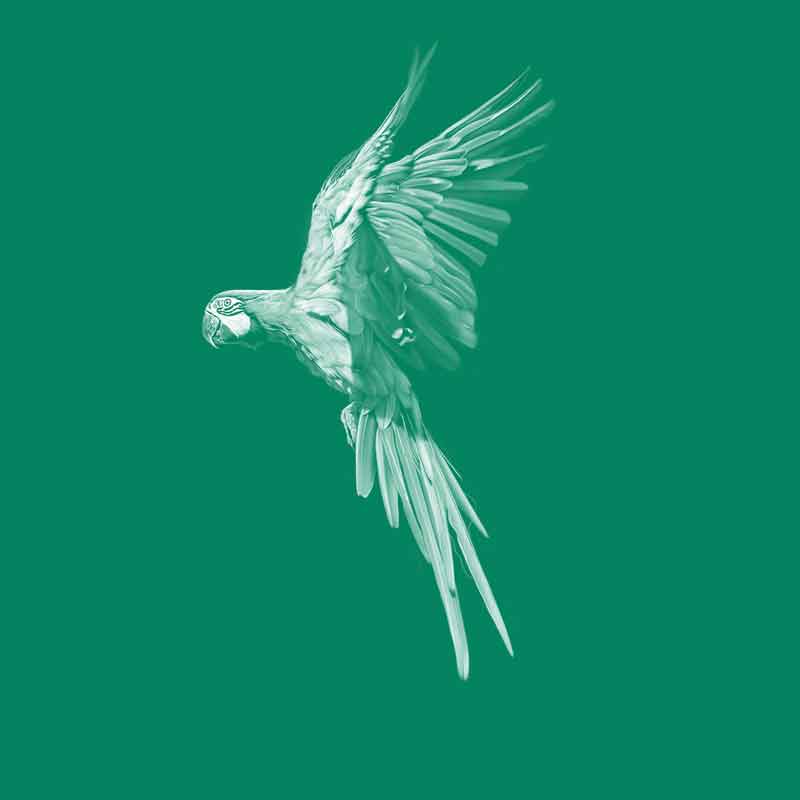 Blue-and-yellow Macaw
Blue-and-yellow Macaw
Blue-and-yellow Macaw
Ara ararauna
These marvellous birds from the Psittacidae family live in the forests and woods of South America, including palm tree forests. They eat fruit, vegetables, seeds and even flowers.
They are monogamous parrots: they choose a companion for life.
Curiosity
They have a powerful beak: although weighing around 1 kg, they are able to exert a pressure of around 80 kilograms. There is therefore no walnut in existence that can resist them.
As well as being a good flier, the macaw is also a good climber.
What to see
The Flower Garden
It is unmissable, with its rose garden with a thousand colours and flower beds with ever new blooming specimens throughout the summer.
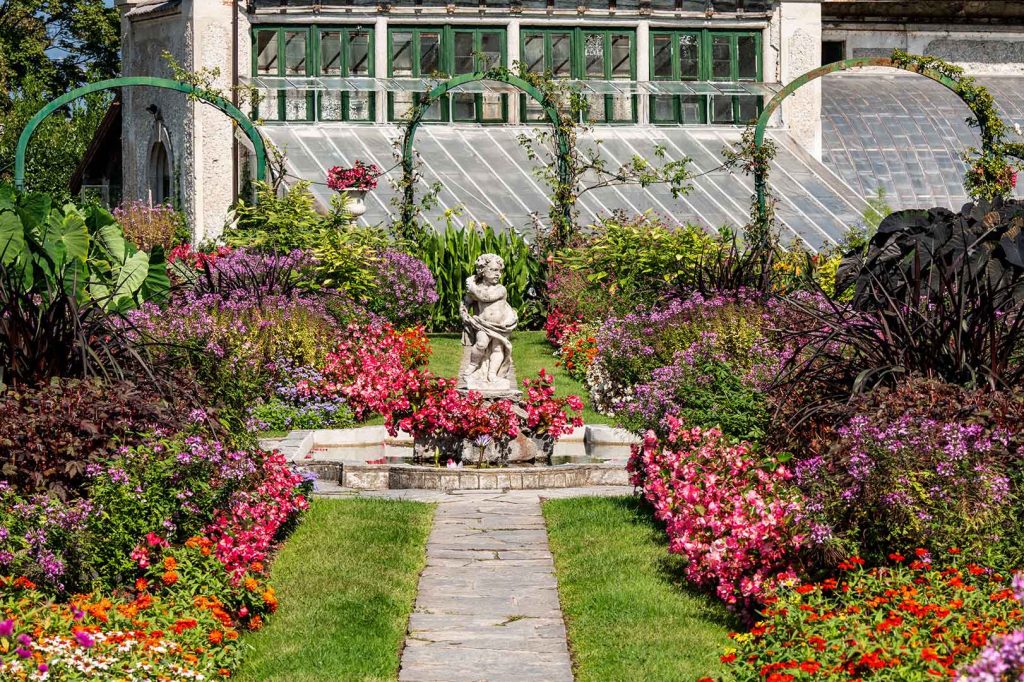
The Giardino dei fiori (Flower Garden) is a colourful corner that has undergone numerous interventions over the decades, and that continually changes and is transformed thanks to the work of the team of gardeners.
The layout of the garden you see today is from the 1950s, although the original design of the parterre of flowerbeds, fountains and greenhouses dates back to the late 19th century.
The rose garden, which blossoms in all its beauty in the month of May and offers visitors a range of colours and perfumes, is from the mid-20th century. The arcades of jasmine and wisteria that weave around the garden are typical of the garden architecture of the 1950s.
Flowering
In April tulips and violets are the protagonists of the garden, making way in May for the roses to burst into bloom. From June to September, hibiscus, begonias, taros with green and red leaves, brugmansias, sages, dahlias, cleomes and zinnias are just some of the flowers that take turns in blooming, inviting visitors to return again and again to admire them all.
What to see
The flora
The great wonder of this park is its trees: centuries-old chestnuts and giant liriodendrons – among the oldest in Italy -, red beeches, maples, larches, ginkgo bilobas, redwoods and magnolias. Along the sides of the avenues, camellias, hydrangeas and rhododendrons colour the panoramas of the park.
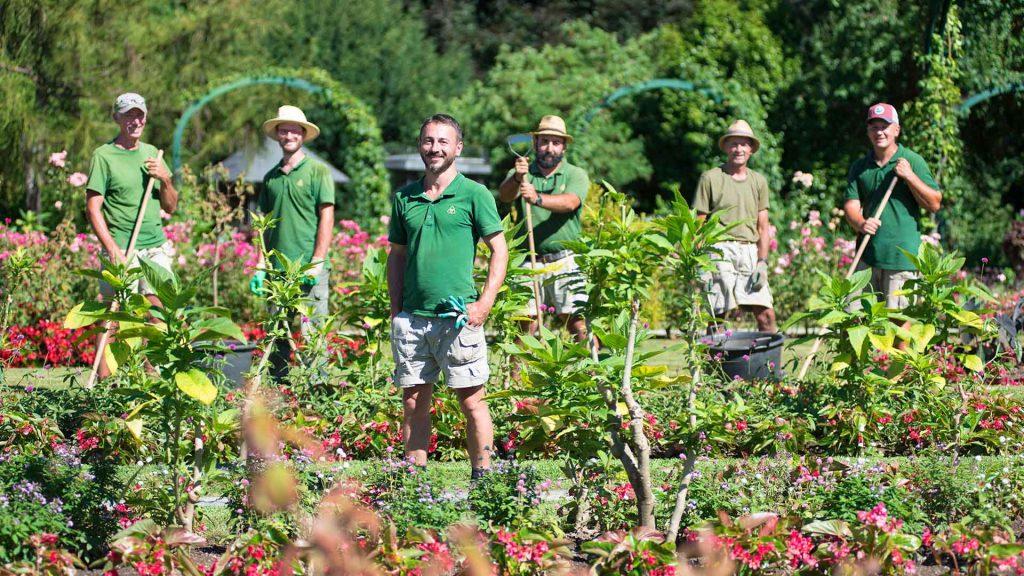
But the botanical star of the Parco Pallavicino is the great Lebanon cedar, which dominates Lago Maggiore from the natural amphitheatre opposite the private villa that is not accessible to the public.
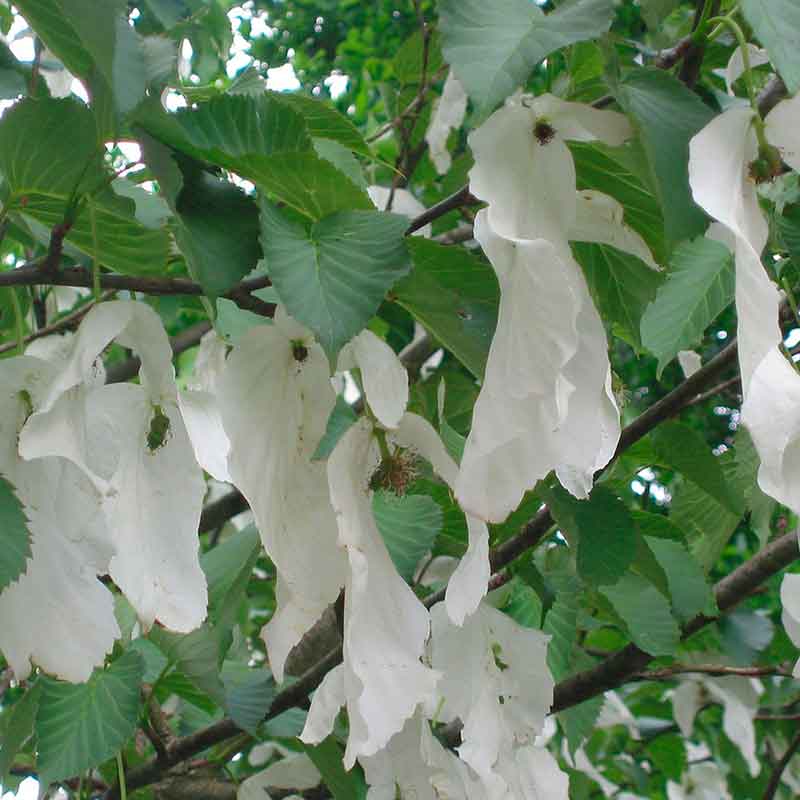 Davidia Involucrata
Davidia Involucrata
Davidia Involucrata
Native of the mountains of Western China, it grows in zones with a cool, damp and temperate climate.
From the Nyssaceae family, the Davidia is characterised by a brownish orange trunk and ovoidal crown; its leaves are alternate and heart-shaped and have dentate edges. The flowers, which appear between May and June, are not clearly visible and are clustered in small inflorescences; they are enveloped by two large creamy white bracts. The fruit is globular, measuring 4-5 cm, first green then purple when ripe. It can reach heights of 20 metres.
The only species of its kind, it was only discovered and introduced into Europe in the early 20th century. It is used as an ornamental tree in parks and gardens.
Curiosity
Known as the “handkerchief tree” on account of its characteristic large bracts that envelop the flowers.
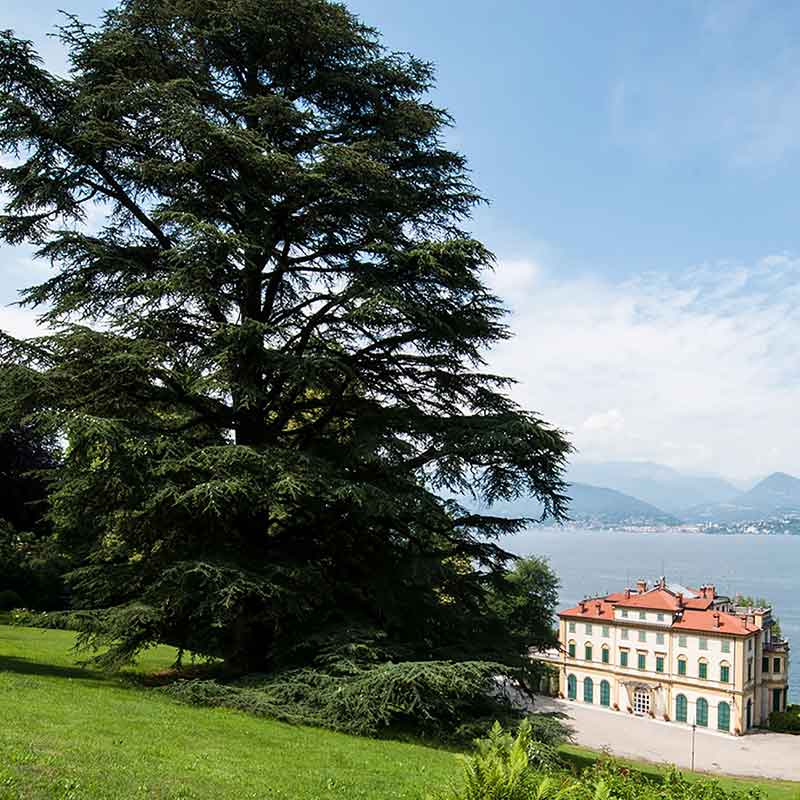 Lebanon cedar
Lebanon cedar
Lebanon cedar
Native of the mountain chains of Lebanon, it grows at altitudes of between 1300 and 3000 metres in zones with a cool, snowy climate.
The Lebanon cedar is characterised by a brownish grey trunk and arched crown, with needle-shaped leaves arranged in clumps. It is “candelabrum” shaped and with time the top is flattened off. It can reach a height of 40 metres. It has been used from antiquity as a building material, in view of the considerable quality of its wood, and as an ornamental tree in parks and gardens starting from the 19th century.
Curiosity
The Lebanon cedar is the tree represented on the flag of Lebanon. Widespread in antiquity on many mountain chains of the Near East, where it formed extensive forests, following its intense exploitation for timber, just a few hundred examples remain today. For this reason it is a protected species. The specimen in the Parco Pallavicino dominates the space opposite the square of the villa.
 Ginkgo Biloba
Ginkgo Biloba
Ginkgo Biloba
A native of China, the Ginkgo Biloba belongs to the Ginkgoaceae family.
It is a very long-living plant that can reach a height of around 40 metres with an arched crown. The leaves are deciduous and have the characteristic fan shape of a green diamond, while in autumn they take on a golden yellow tone. The fruit, only present on female specimens, has a recognisable and particularly unpleasant smell. Much cultivated as an ornamental plant, its diffusion is due to its great adaptability to climate and soil, even though it is slow growing.
Curiosity
Known through fossil remains dating back 250 million years, it has survived thanks to its cultivation for millennia in Chinese monasteries.
 Persimmon
Persimmon
Persimmon
Diospyros Kaki
From the Ebenaceae family, Diospyros Kaki – more commonly known as persimmon (caco in Italian) – is a native fruit tree of the Far East that loves temperate climates.
It is a very long-living deciduous tree that can reach heights of around 12 metres. Its dark green leaves become bright red in autumn and its orange fruit is the size of an apple. Present in many gardens, the persimmon tree colours the avenue of the Parco Pallavicino that divides the cafeteria from the Flower Garden; a fruit tree that is also ornamental.
Curiosity
The persimmon is one of the oldest fruit plants cultivated by man, but it was only introduced into Europe at the end of the 19th century. The trees present in the Parco Pallavicino seem to have been the first to be introduced in the area of Lago Maggiore.
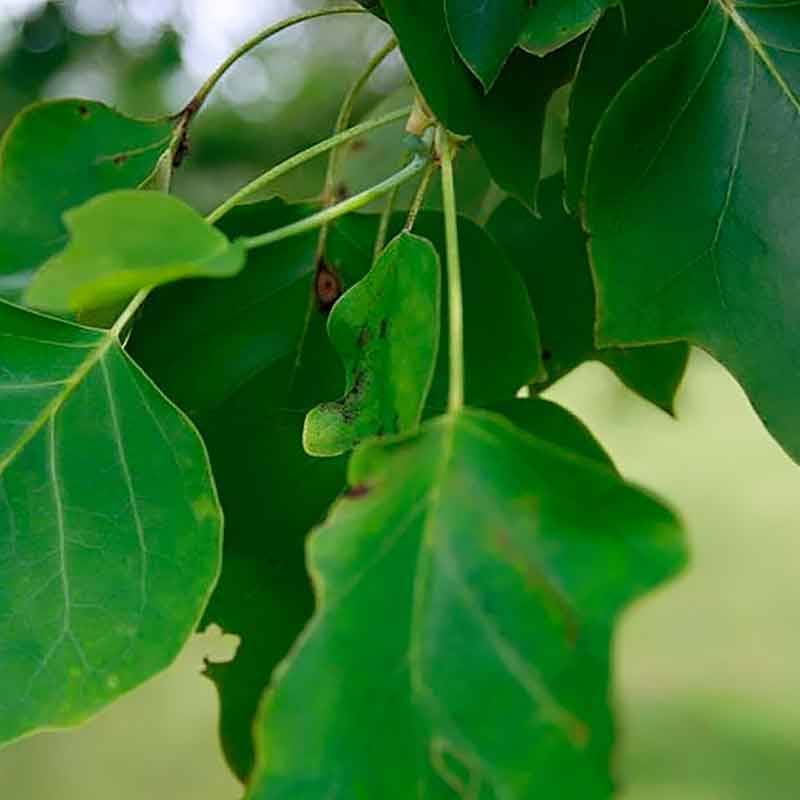 Liriodendron
Liriodendron
Liriodendron
Liriodendron Tulipifera
The Liriodendron (or tulip tree) belongs to the Magnoliaceae family. It grows in the Eastern United States and its ideal habitat is characterised by cool, damp climates. With its rapid growth, it can reach a height of around 40 metres. Its foliage and blossoms are its peculiarity. It has deciduous leaves, with two lobes pronounced in the basal part and a truncated tip; in autumn they turn a beautiful bright yellow colour.
The yellowish greenish flowers are large and solitary, and only appear on specimens that are at least 15 years old.
Curiosity
They are also called tulip trees because of their flowers, which resemble those of the more famous bulbs.
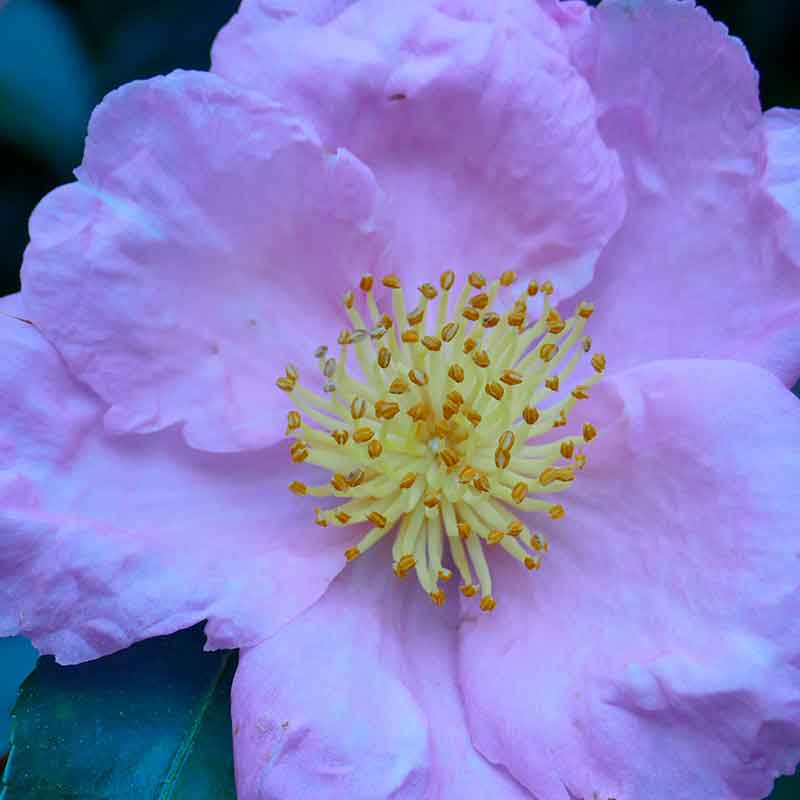 Camellia
Camellia
Camellia
Camellia japponica
From the Theaceae family, camellia japonica is an ornamental plant that is very widespread in our gardens, but native of Japan. A lover of acid soils and cool, mild climates, the camellia is slow growing but can reach a height of around 12 metres.
The leathery leaves are oval and dark green, while the flowers, which are simple in the wild – white or pink – may take on multiple colour tones and dimensions depending on the very numerous varieties cultivated.
Curiosity
You will certainly have already tried an infusion of camellia. The tea that we drink is in fact produced from the leaves of the Camellia sinensis, which is cultivated in tropical and subtropical zones.
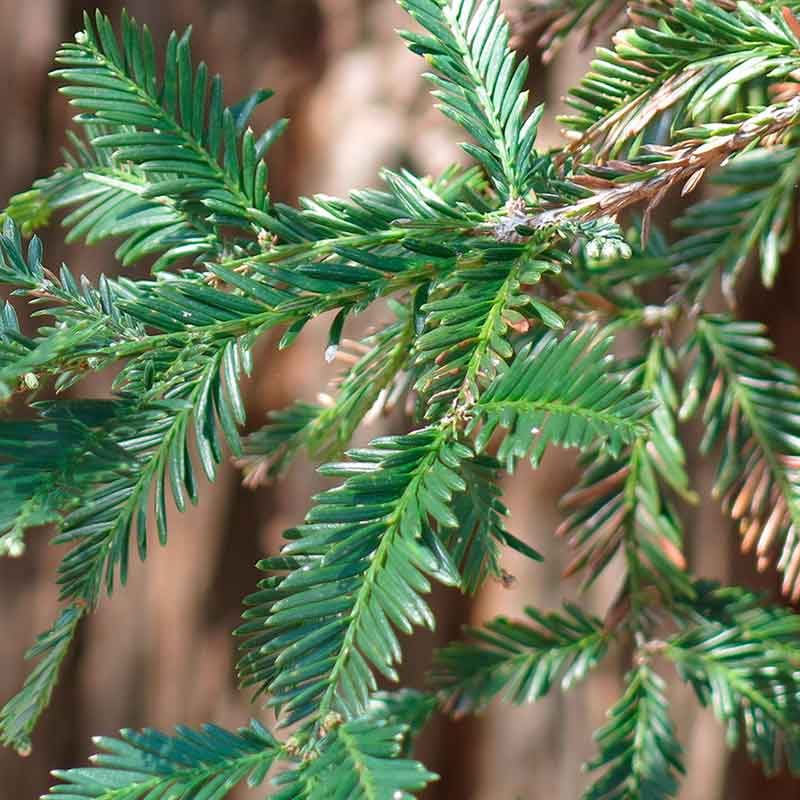 Sequoia
Sequoia
Sequoia
Sequoia Sempervirens
Della famiglia delle Cupressaceae, vive in climi miti e freschi con elevata piovosità.
Originario di una ristretta area costiera della California coltivato in Europa come pianta ornamentale a partire dal XIX secolo.
Considerato uno degli alberi più alti del mondo, potendo raggiungere in natura anche i 110 metri di altezza, è caratterizzato da un tronco bruno-rossiccio, chioma stretta e foglie aghiformi disposte a spirale. La crescita è piuttosto rapida.
Viene spesso impiegato come materiale da costruzione per la notevole resistenza del legno, e come albero ornamentale nei grandi parchi come quello di Pallavicino.
La curiosità
Il suo nome è un omaggio a Sequoyah, nativo americano Cherokee che inventò il sillabario Cherokee nel 1821.
Useful info
Hours
Parco Pallavicino opens every day until November 1st with the following opening time:
• from Monday to Friday from 12am to 5.30 – last entry | closure 6pm
• Saturday, Sunday and holidays from 10am to 6pm – last entry | closure 6.30pm
Tickets
We recommend to purchase the tickets online in order to avoid queues at the ticket-office.
Tickets
| Adults Single | Youngs Single | Adults Group | Youngs Group | Baby | |
|---|---|---|---|---|---|
| Parco Pallavicino | € 11 | € 7 | € 9 | € 5,5 | € 3 |
| Parco Pallavicino + Isola Bella | € 17 | € 10,5 | € 16 | € 10 | - |
| Parco Pallavicino + Isola Bella + Isola Madre | € 29 | € 14 | € 24 | € 12 | - |
| Parco Pallavicino (seasonal) | € 70 | € 40 | – | - | - |
| Download the pdf table with all prices | |||||
How to get there
By car
From the Autostrada dei Laghi motorway in the direction of Gravellona Toce, Carpugnino exit, following the signs for Stresa.
A free car park is available in the proximity of the entrance to the Park. Due to the limited number of spaces available, we recommend that you use the free shuttle service departing every day from Piazza Marconi in Stresa.
By train
Ferrovia dello Stato railway, Milan-Sempione line, Stresa stop. Stresa station is located 800m on foot from the Parco Pallavicino.
With Ferrovie Nord railway, Milan-Laveno line, Laveno stop.
By bus
VB Arona Milan line: departure from Milan Lampugnano, stop B5.
Or Verbania–Stresa–Malpensa, which requires advance booking.
For info: www.safduemila.com.
By plane
Distance from the principal airports: Turin Caselle 140 km – Milan Malpensa 50 km – Milan Linate 110 km – Bergamo Orio Al Serio 130 km.
Vademecum Covid
• You are advised to arrive at the locations with a ticket already purchased online via the platform booking.isoleborromee
• In compliance with the safety rules, access to the sites may be limited.
• It is not possible to enter the sites if you have a high temperature (over 37.5°) or other symptoms of influenza and where hazardous conditions exist, such as coming from risk areas or in close contact with persons testing positively for the virus in the last 14 days or coming from abroad in the last 14 days.
• Access is only permitted if you are wearing a mask.
• You are advised to wash your hands frequently; hand sanitising gel dispensers are located at various points inside the sites.
• Always keep a distance of more than one meter from the other visitors and from the sites personnel.
• Luggage storage is not available.
• Inside the Parco Pallavicino, touching the cages, the enclosures and/or the facilities present inside the Park is prohibited. You are also advised not to touch the animals.
We thank you for respecting all the indications on the signs and given by the supervisory personnel.
Terre Borromeo
A story of love, protection and respect that has lasted for six centuries.
Who we areHelpful Tips
Hours
-
Isola Bella
-
Isola Madre
-
ROCCA DI ANGERA
-
PARCO PALLAVICINO
- Buy tickets, guided tours and much more safely and quickly directly online.
How to get
- Terre Borromeo is easily accessible! They are only an hour and a half from Milan and easily reachable from the main airports. Find out how to reach them by car, train and how to book the ferry that will take you to the islands.
What to see
-
Isola Bella
- Palazzo Borromeo +
- The Italian-style garden +
-
Isola Madre
- Palazzo Borromeo +
- The English-style garden +
-
Rocca di Angera
- The Historic Rooms +
- The Museum of Dolls and Toys +
- Ala Scaligera +
-
Parco Pallavicino
- The fauna +
- The flora +
-
Parco del Mottarone
- Mottarone Adventure Park +
- Bar Stazione +
- Rifugio Genziana +



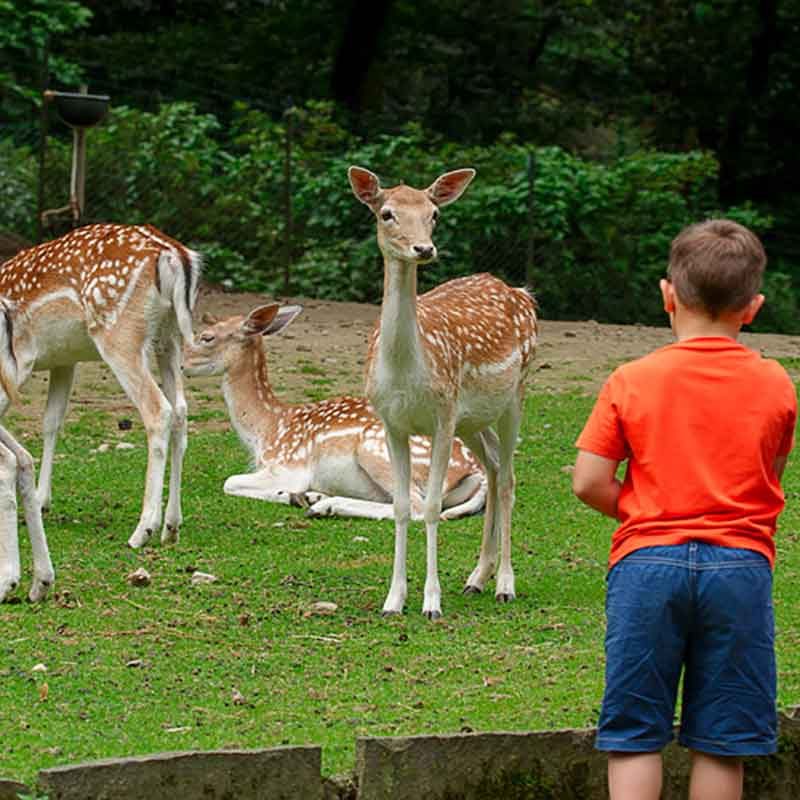


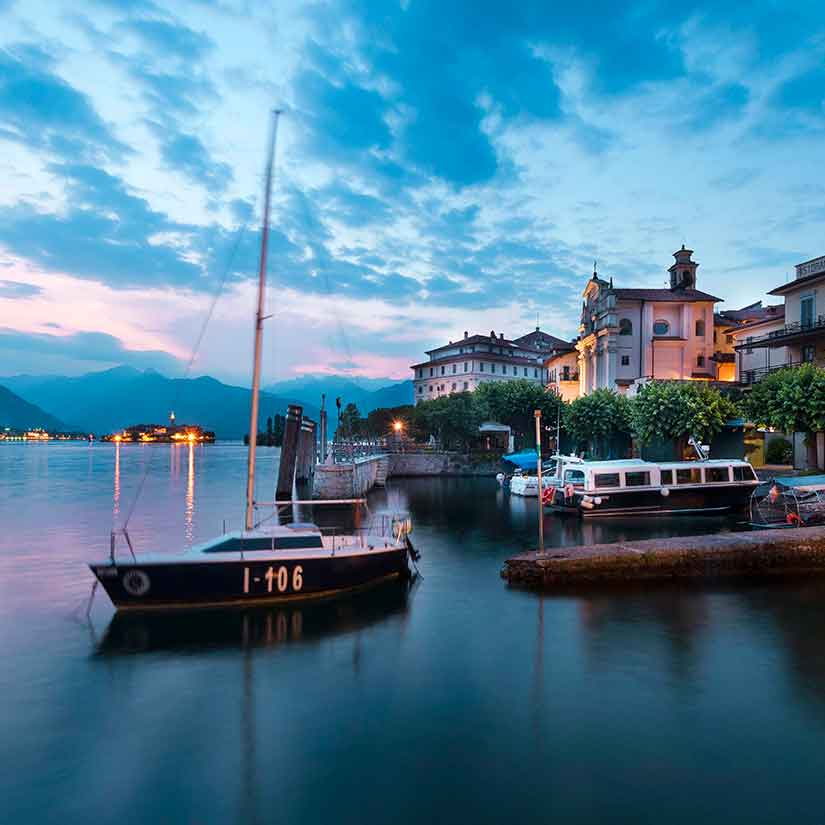






![Le previsioni per il prossimo weekend danno bel tempo!
.
Programmate una giornata all'Isola Bella: dopo la visita di Palazzo Borromeo con i suoi giardini, la terrazza del bistrot Fornello Bottega con Cucina è quello che ci vuole per un pranzo open-air vista lago, a base di prelibatezze italiane.
.
.
.
The weather forecast for next weekend is looking good!
.
It’s time to plan your day at Isola Bella. After visiting Palazzo Borromeo [Borromeo Palace] with its gardens; the terrace of the Fornello Bottega bistro and kitchen is the perfect place for an open-air lunch overlooking the lake. Here you can sample a range of Italian delicacies.
#terreborromeo #lakemaggiore #lagomaggiore #borromeoexperience #stresa #isolabella #gourmet #italianrestaurant](https://borromee.vivastaging.com/wp-content/plugins/instagram-feed-pro/img/placeholder.png)